Description
Introduction to Kainkh, Akhnoor, Jammu
Kainkh, a small yet significant village in the Akhnoor tehsil of Jammu & Kashmir, holds an important position in the region’s cultural and agricultural landscape. Situated in the Ghaink Panchayat under the Bhalwal block, Kainkh is an example of rural life in Jammu's semi-urban periphery. The village is primarily inhabited by a blend of Scheduled Caste and Scheduled Tribe communities, contributing to its rich cultural diversity. The agricultural-based economy shapes the community's day-to-day life, with farming being a major occupation. With a population of over 2,600 residents, Kainkh is a microcosm of the challenges and opportunities faced by rural villages in Jammu and Kashmir
Population and Urbanization
Kainkh is home to approximately 2,623 people, distributed across 525 households. The majority of the village population belongs to the Scheduled Caste (41.4%) and Scheduled Tribe (17.2%) categories, reflecting the socio-cultural fabric of the region. The literacy rate in Kainkh stands at 67.2%, although the female literacy rate is lower at 28.4%. The village, though predominantly rural, has witnessed some signs of urbanization, with increasing infrastructure developments, including better road connectivity, mobile networks, and essential services. Despite these advancements, the village still faces challenges typical of rural areas, such as limited internet connectivity and inadequate drainage facilities
Cultural Heritage and Traditions
The cultural traditions of Kainkh are deeply rooted in its agricultural way of life and tribal heritage. The villagers celebrate various festivals tied to the agricultural cycle, such as the Tusu Parab (harvest festival) and Bandna Parab (dedicated to cattle worship). These festivals are marked by vibrant folk dances, music, and rituals that reinforce the village’s connection to nature and communal life. Local crafts and storytelling play a vital role in preserving these traditions, ensuring that the rich cultural heritage of Kainkh is passed down through generations.
Agricultural Practices and Economy
Agriculture is the backbone of Kainkh's economy, with crops like maize, bajra, and pulses being commonly cultivated. The village is situated in a semi-arid region, where irrigation is provided mainly through a limited network of canals. Despite challenges posed by the climate, which is characterized by hot summers and mild winters, the villagers have developed agricultural practices suited to their environment. The village's economy also benefits from the production of seasonal vegetables and other crops, sustaining the community through traditional farming techniques.
Educational and Healthcare Infrastructure
Kainkh offers basic educational facilities through government-run schools that cater to primary and secondary education. However, the limited resources and infrastructure in these schools present challenges to providing quality education. For higher studies, students generally travel to nearby towns like Akhnoor or Jammu. In terms of healthcare, the village relies on a primary health center (PHC) for basic medical services, though for specialized care, residents often have to travel to urban centers. This situation reflects the broader issues of rural healthcare in Jammu and Kashmir, where access to quality medical services remains a significant challenge.
Natural Beauty and Flora and Fauna
Kainkh, located near the foothills of the Shivalik range, boasts a landscape that blends rural beauty with agricultural practicality. The region is rich in deciduous forests, with trees like sal, mahua, and palash adding to the natural beauty of the area. Wildlife in the region includes common animals like foxes, jackals, and hares, as well as a variety of bird species such as partridges and peacocks. Livestock, particularly cows and goats, are integral to the villagers’ economy, providing milk and aiding in farming activities. This natural harmony between flora, fauna, and farming is key to sustaining the village's agrarian lifestyle.
Challenges and Modern Issues
Kainkh faces numerous challenges typical of rural areas in Jammu and Kashmir. While the village has witnessed infrastructural improvements such as road connectivity and mobile coverage, it continues to struggle with inadequate healthcare services and limited educational opportunities. The lack of advanced medical facilities forces villagers to travel to nearby towns for specialized care, a situation that underscores the need for better rural healthcare infrastructure. Furthermore, Kainkh’s water conservation efforts are critical due to the semi-arid climate, where monsoon rains are vital for agriculture
Key Landmarks and Attractions
Kainkh is home to several significant cultural landmarks, including temples and community gathering spaces that reinforce its spiritual heritage. Though not a typical tourist destination, the village holds a certain charm for those interested in rural life, traditional festivals, and agricultural practices. The local temples, along with the vibrant celebrations during festivals, make Kainkh a place where culture and community life are intertwined
Conclusion
Kainkh, with its rich cultural heritage, agricultural economy, and resilient community, exemplifies the rural life in Jammu & Kashmir. While the village continues to navigate challenges related to infrastructure, education, and healthcare, it remains an essential part of the region's social and cultural landscape. As the village looks to the future, it holds the potential for further growth, with a deep commitment to preserving its traditions while embracing the changes that come with modernization.
Prime Locations
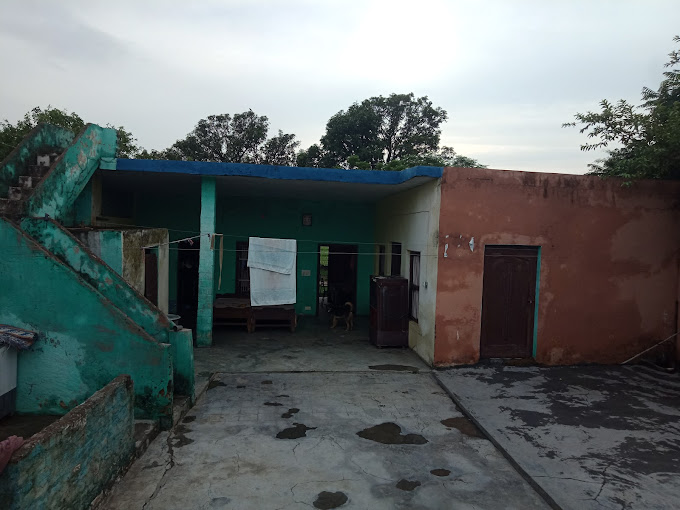
Waryam Dass
See DetailPhotos
Videos
Location Map
Contact Information
| Address |
Kainkh Village |
| Phone Number |
9419306390 |
| Email Address | |
| Website | https://jkpanchayat.jk.gov.in/panchayatdataview.php?panchayat=Kaink%20Jagir&block=Akhnoor |
Reviews (4)


Overall, spending time in a village is an enriching experience that reconnects you with nature, culture, and a simpler way of living.

Very peaceful village with great atmosphere

Visiting the village was an incredibly refreshing experience. The serenity of the countryside, away from the hustle and bustle of the city, offered a peaceful retreat. The lush green fields, rustic homes, and winding paths created a picturesque environment that was both soothing and invigorating.

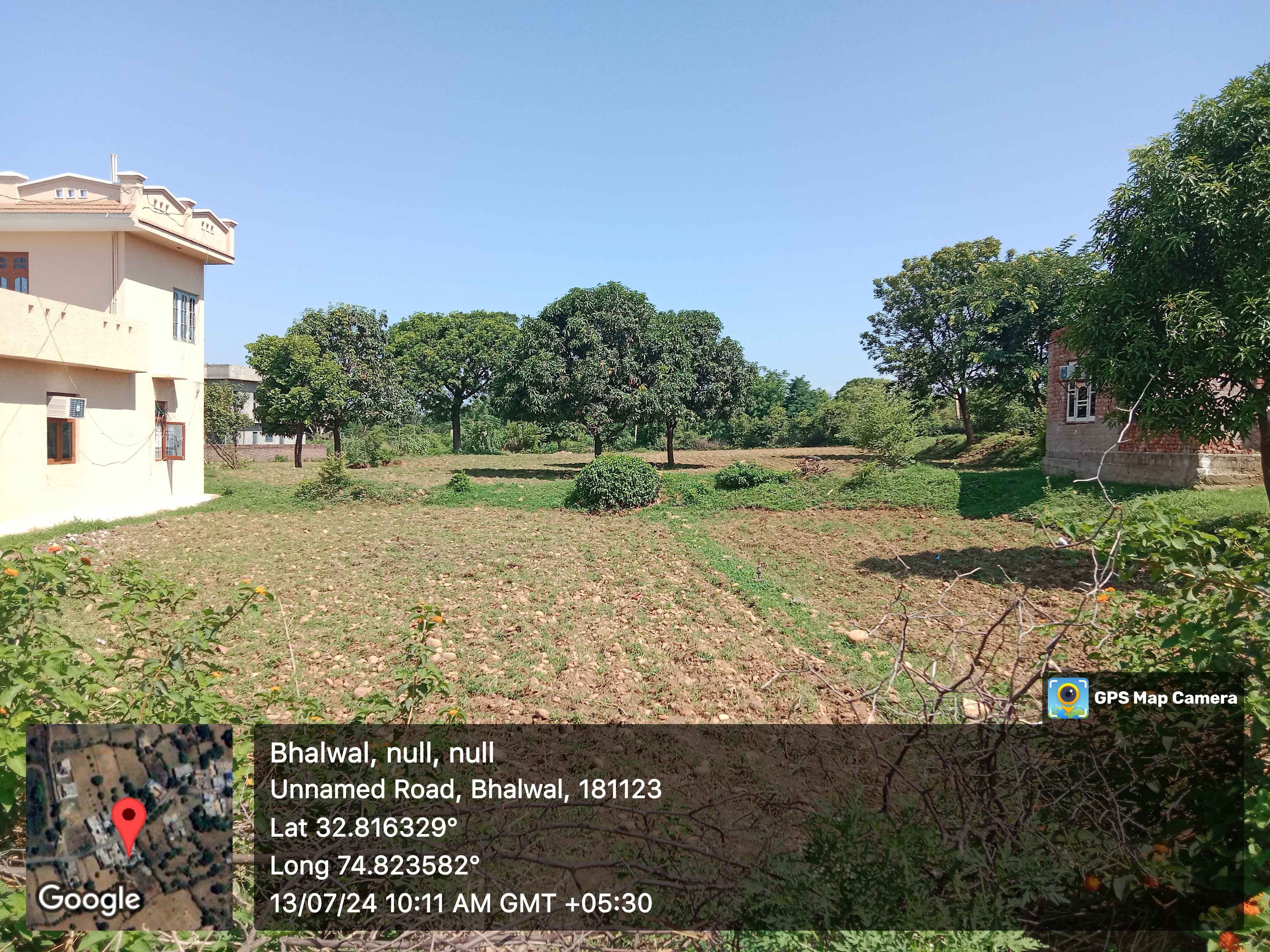
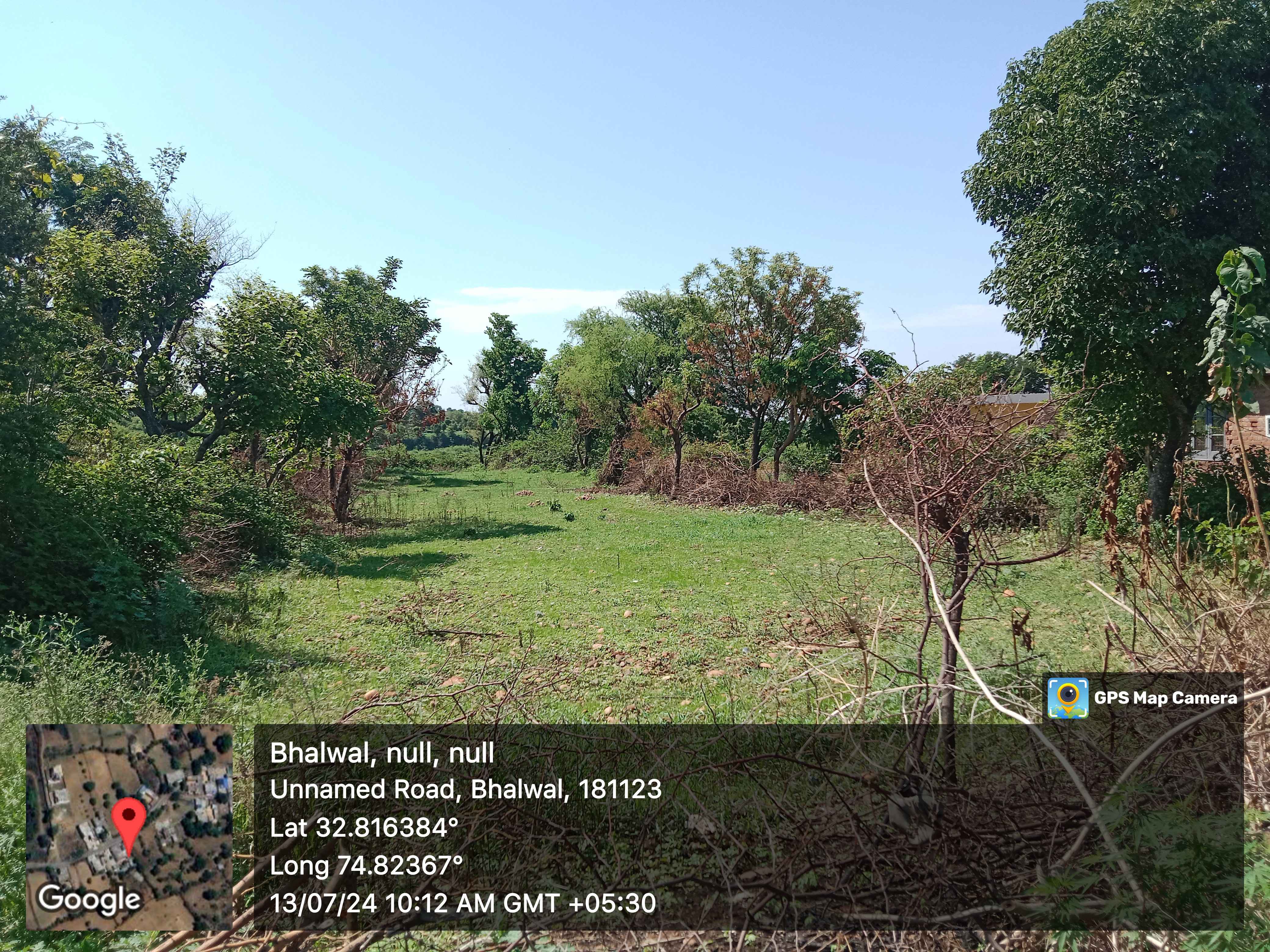
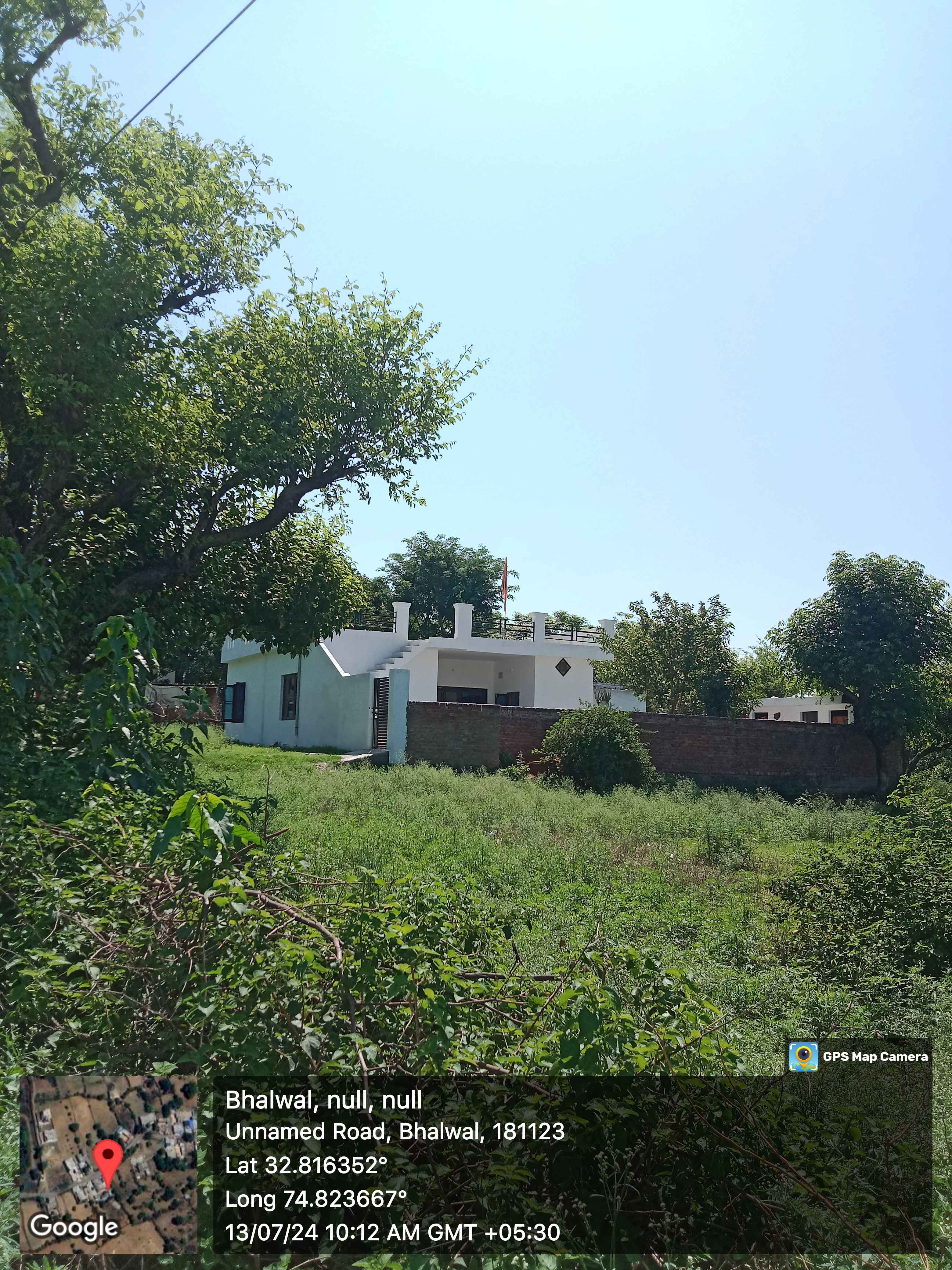
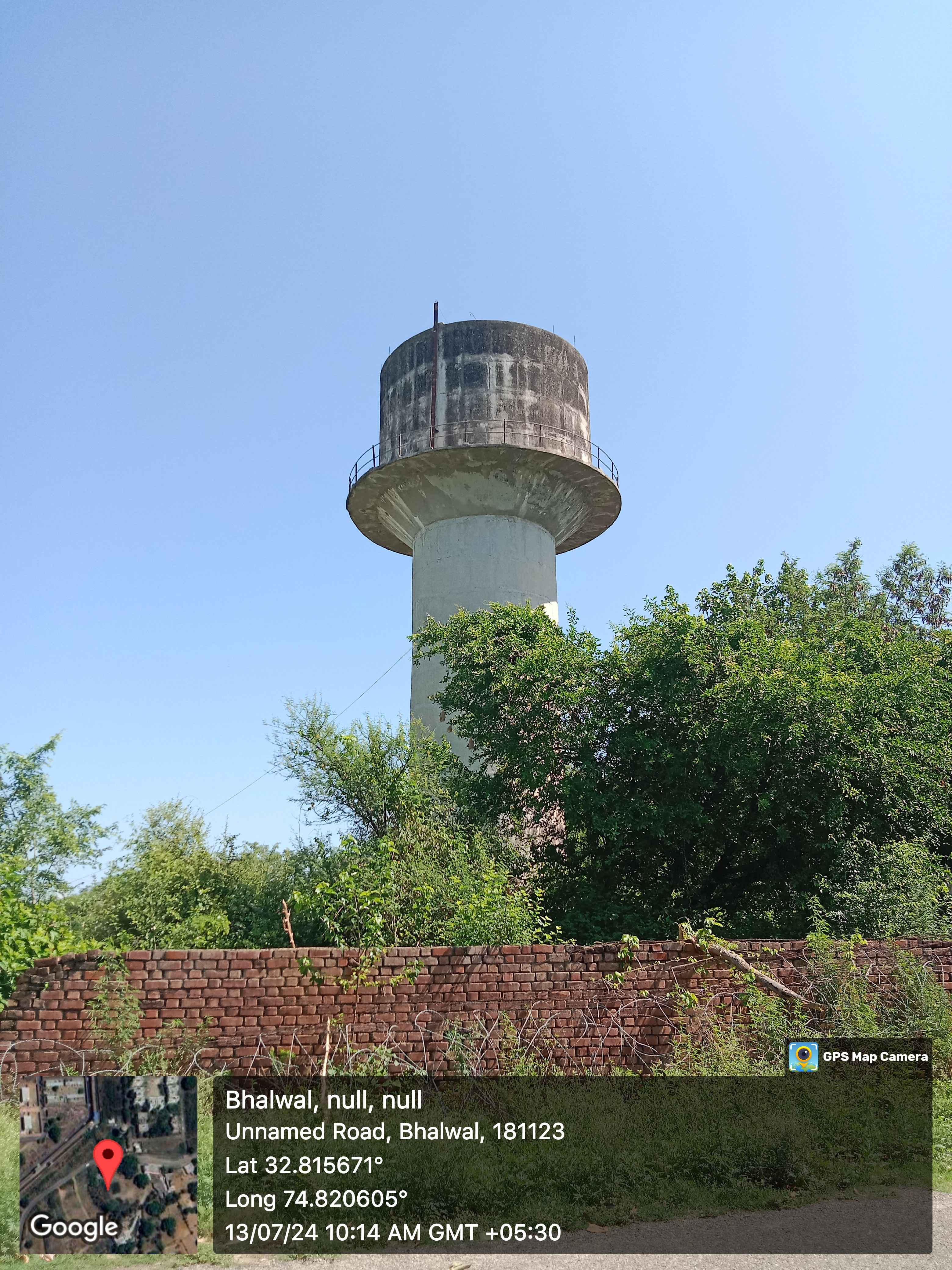
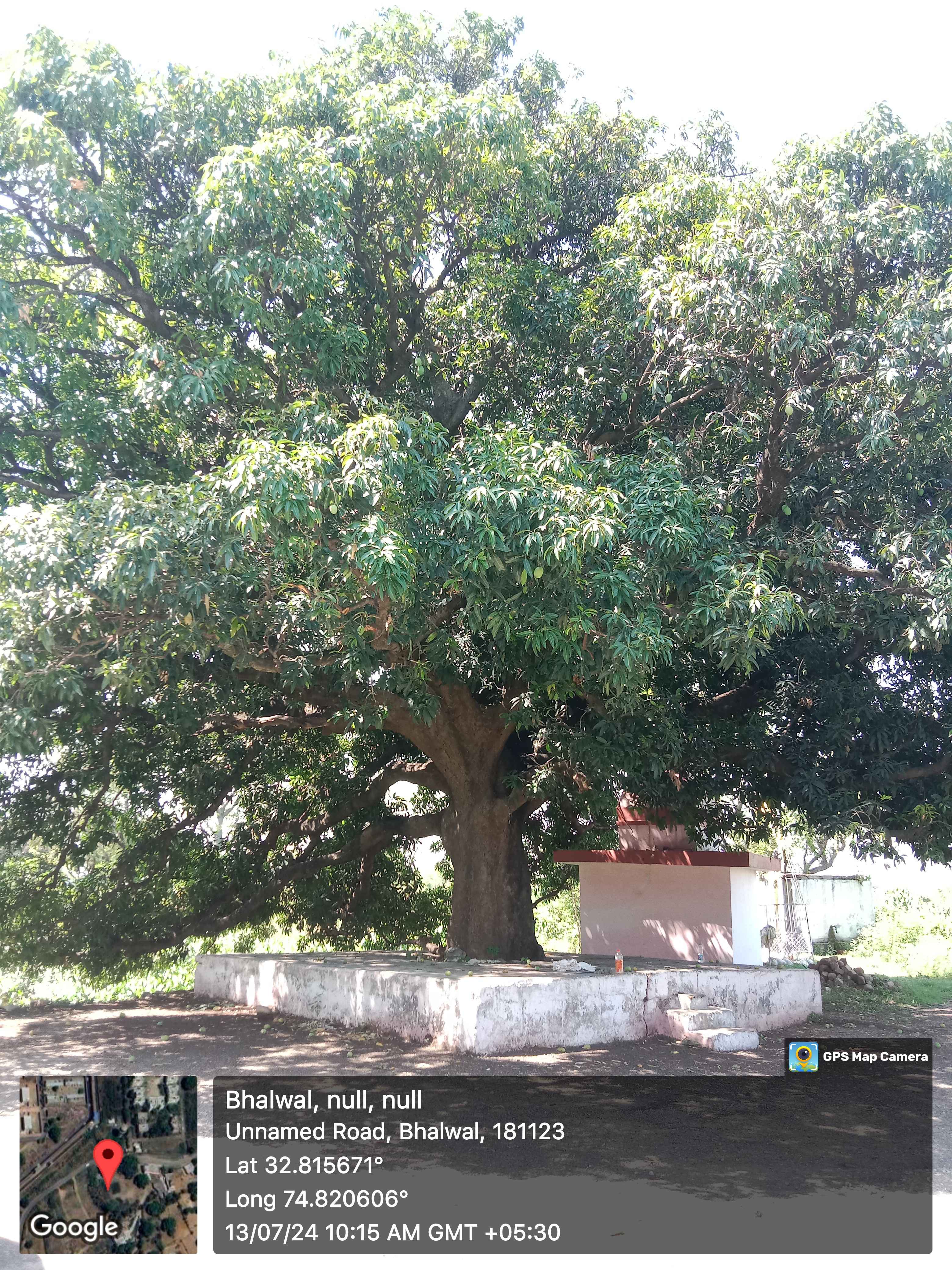
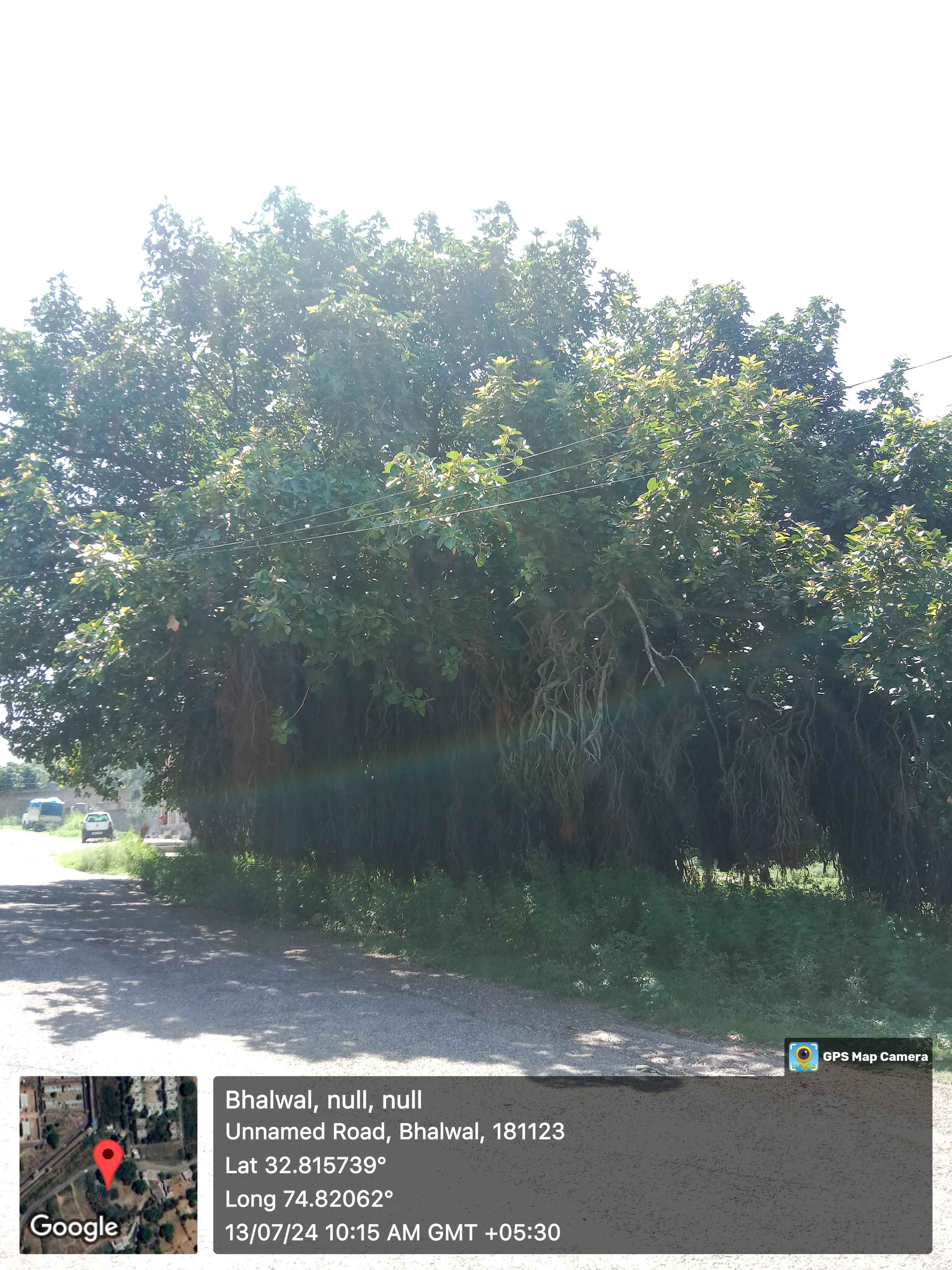
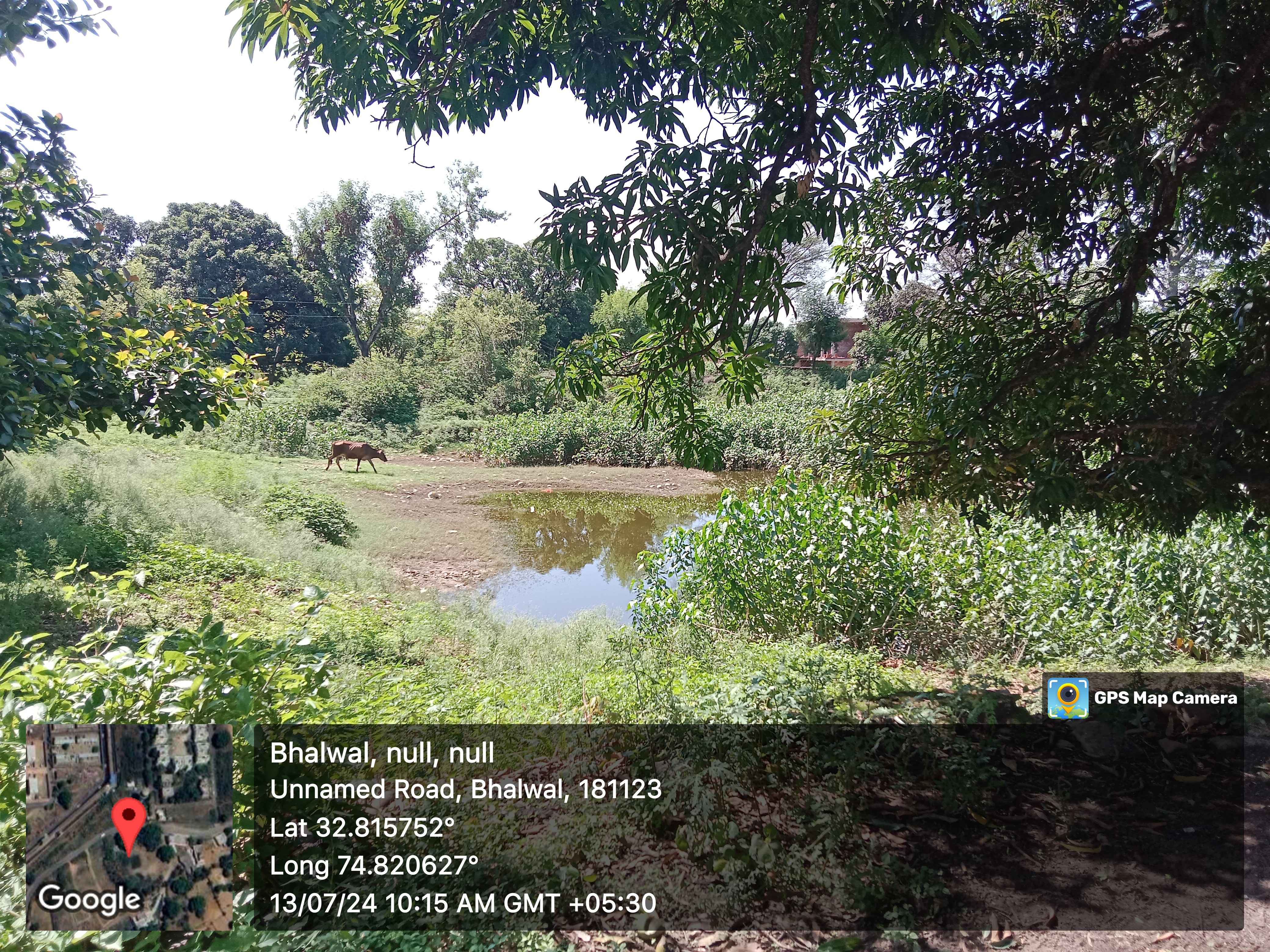
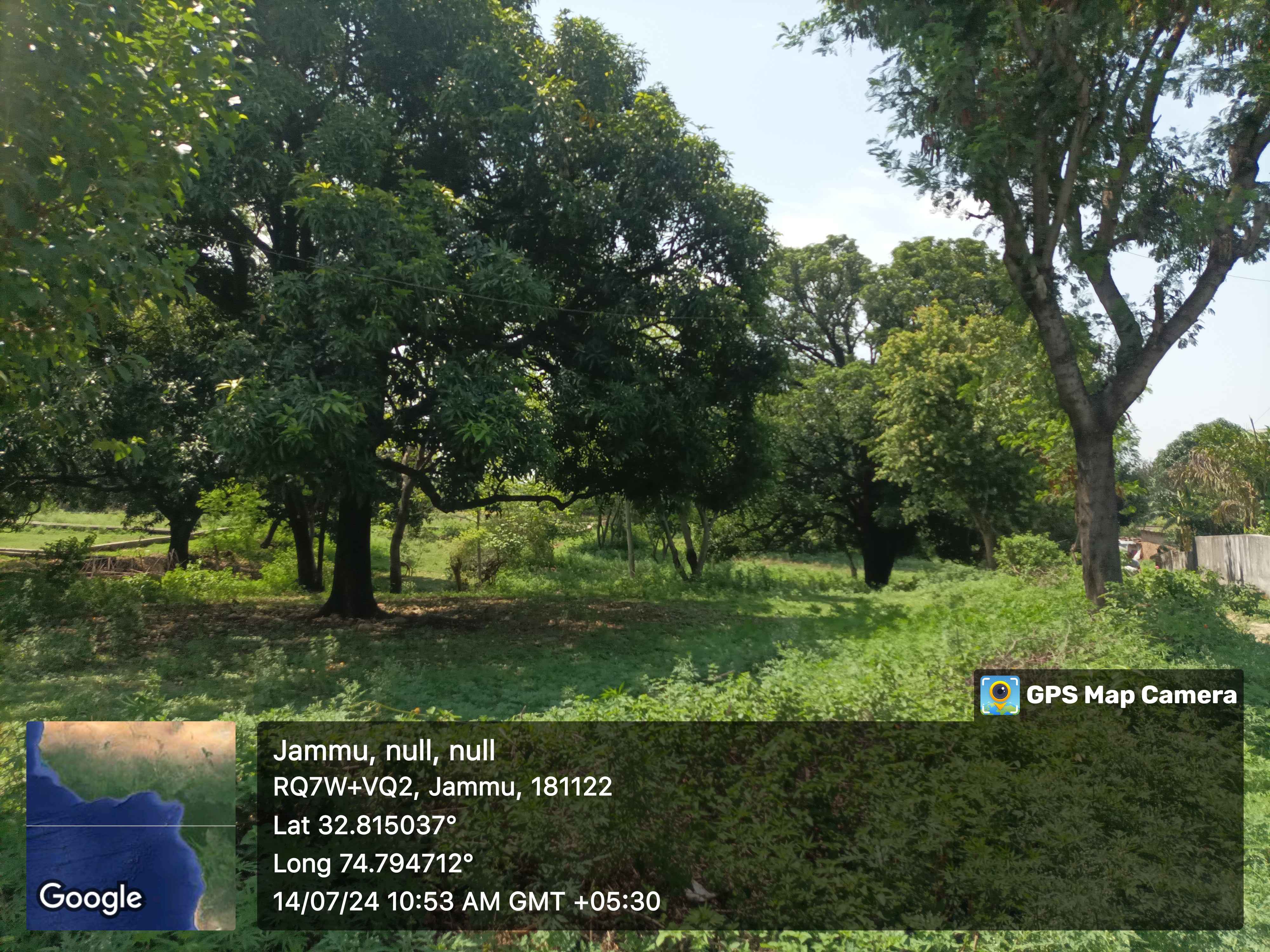
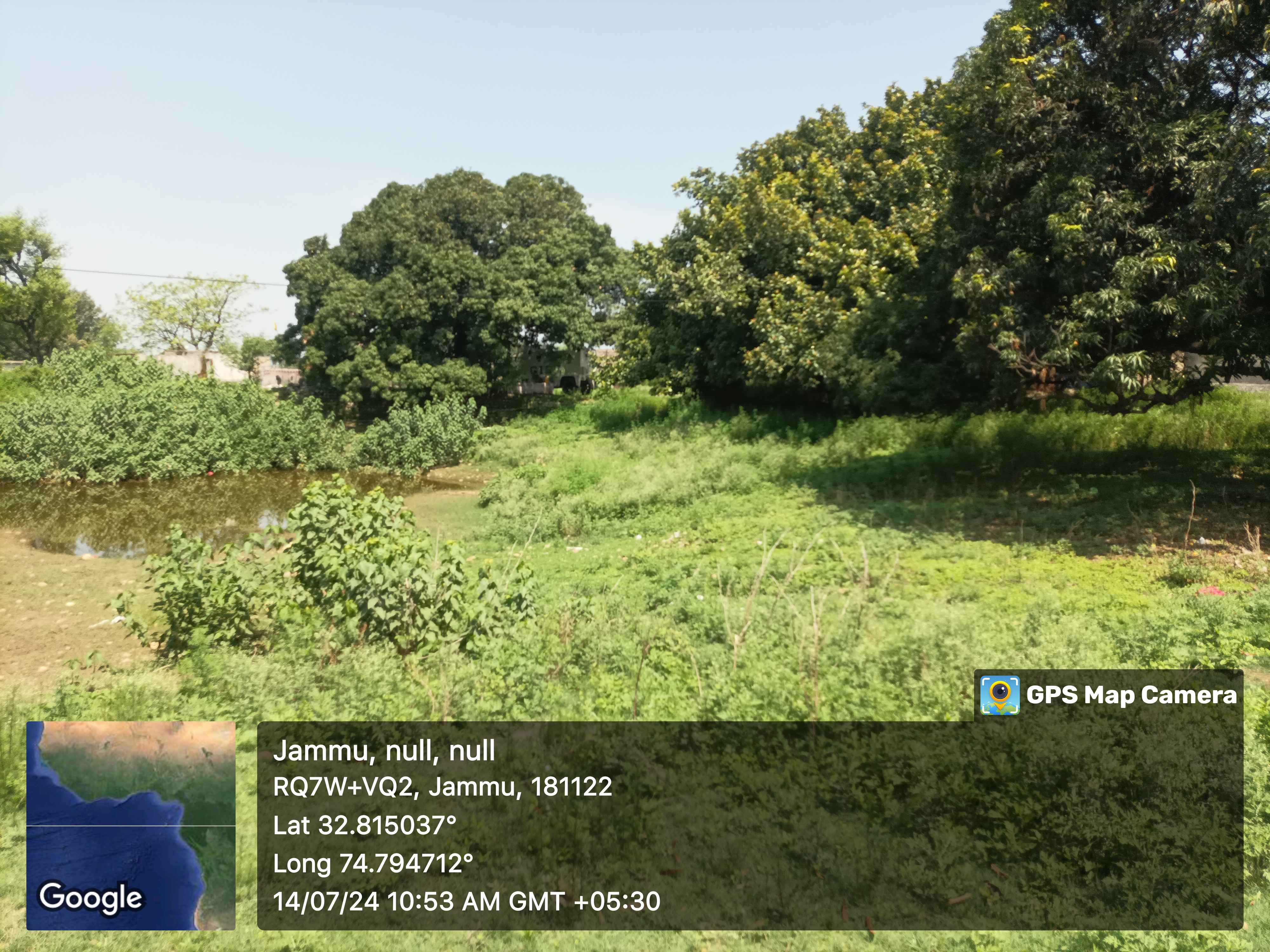
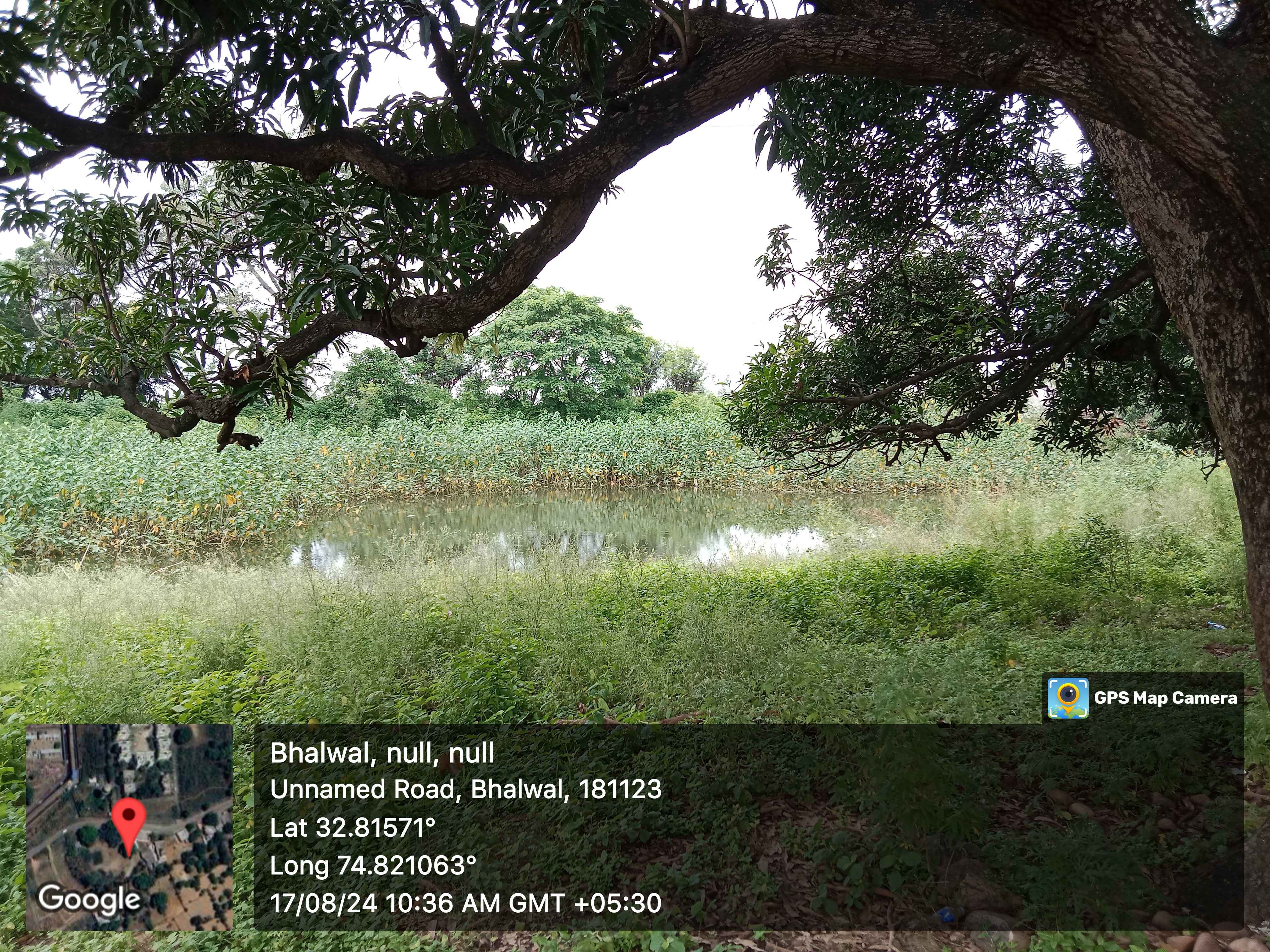
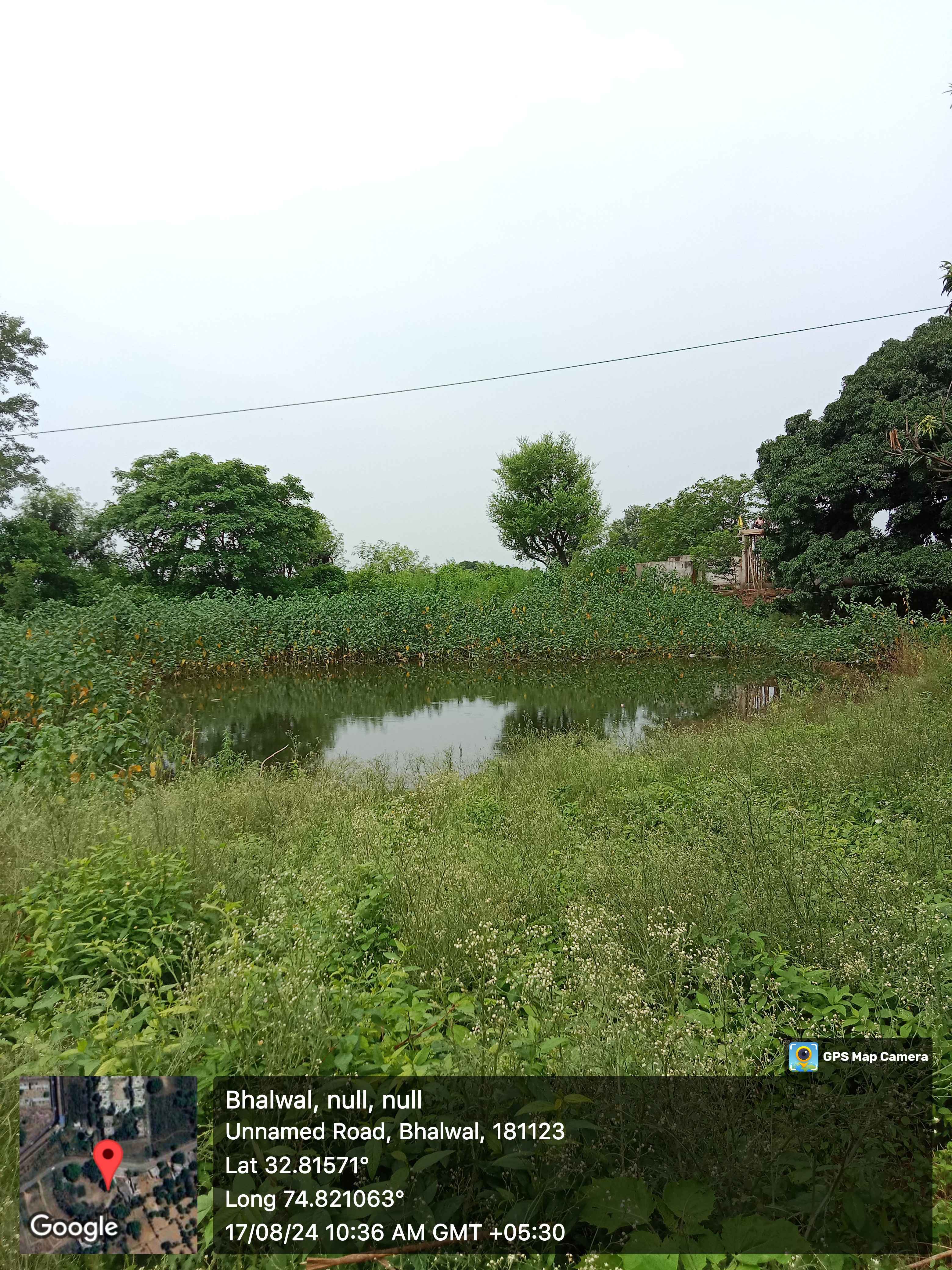
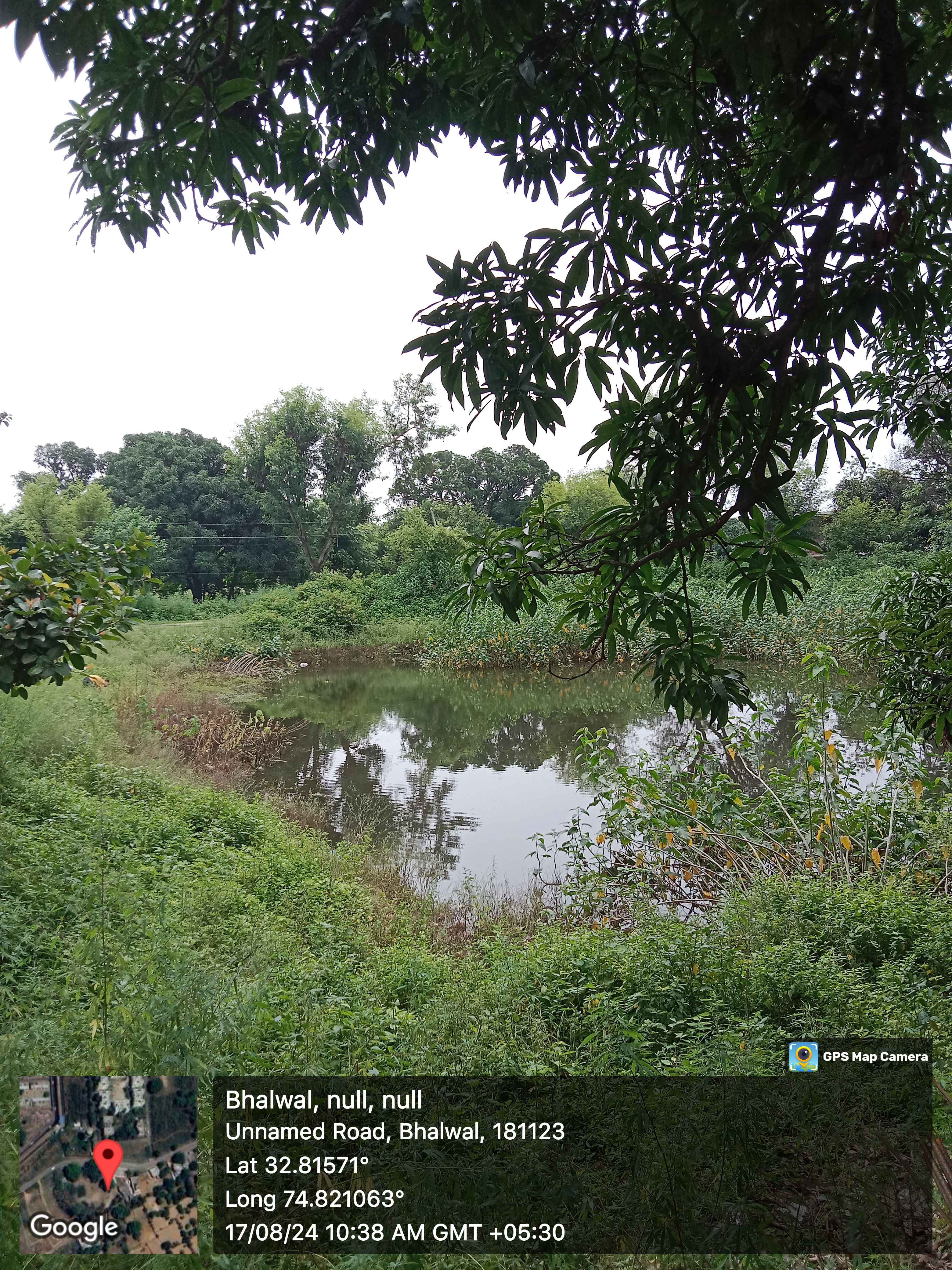



Visiting a village offers a refreshing escape from the fast-paced urban lifestyle. My recent village experience was a perfect blend of nature, culture, and tranquility.